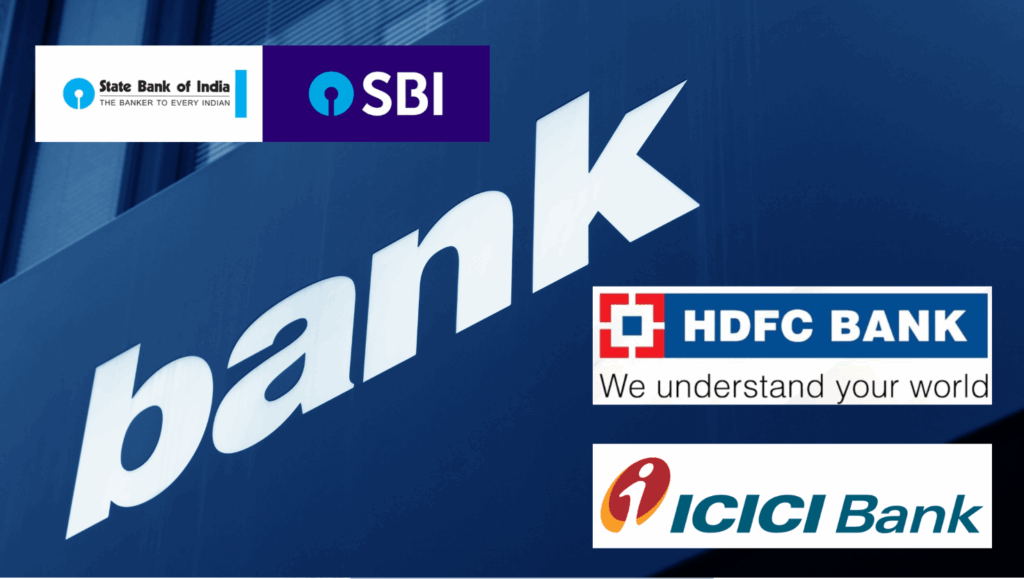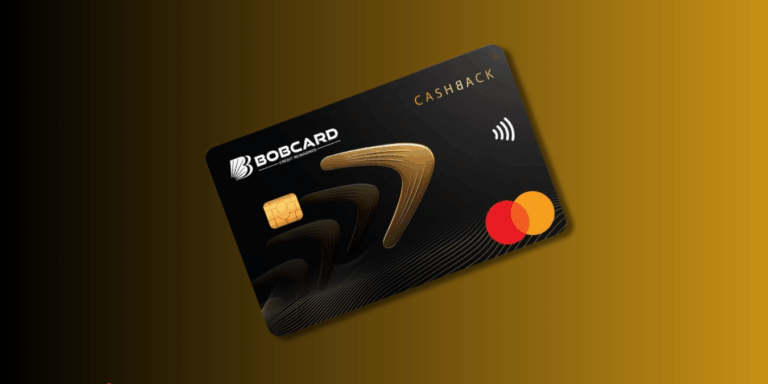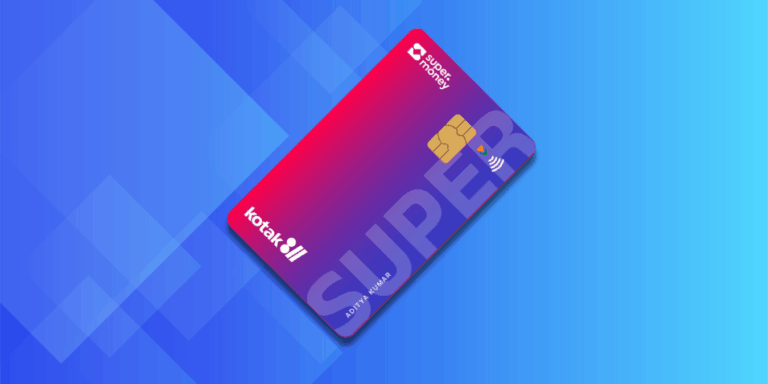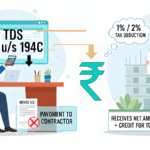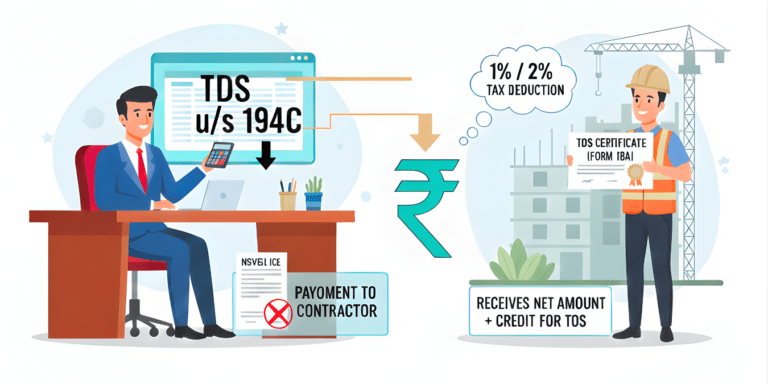
“Learn about credit card balance transfers in India, their benefits, and risks. Discover how to save on interest, improve your CIBIL score, and choose the best balance transfer card. Find out if a 0% interest offer is right for you and manage debt effectively. Read now for expert tips!”
Credit cards have become an essential financial tool for millions of people. However, with the convenience of credit cards comes the challenge of managing high-interest debt. If you’re struggling with mounting credit card balances, a credit card balance transfer could be a smart solution. But what exactly is a balance transfer, and is it a good idea for Indian consumers? In this detailed guide, we’ll explore everything you need to know about balance transfers in India, including their benefits, potential drawbacks, and whether they’re the right choice for you.
What is a Credit Card Balance Transfer?
A credit card balance transfer is the process of moving an outstanding balance from one credit card to another, typically to take advantage of a lower interest rate or a 0% interest offer for a limited period. In India, many banks and credit card issuers offer balance transfer facilities to help customers manage their debt more effectively.
For example, if you have a ₹50,000 balance on a credit card with a 36% annual interest rate, you could transfer this balance to a new card offering a 0% interest rate for 6 months. During this period, you won’t accrue any interest on the transferred amount, allowing you to focus on repaying the principal.
How Does a Balance Transfer Work?
- Check Eligibility: Not all credit cards in India offer balance transfer facilities. You’ll need to check if your existing card or the new card you’re applying for supports balance transfers.
- Apply for a New Credit Card: If your current card doesn’t offer a balance transfer option, you’ll need to apply for a new credit card that does. Many Indian banks, such as HDFC, ICICI, SBI, and Axis Bank, offer balance transfer facilities with attractive promotional rates.
- Initiate the Transfer: Once approved, you can initiate the balance transfer process. This can usually be done online, through the bank’s mobile app, or by contacting customer care.
- Pay Off the Balance: During the promotional period (often 6 to 12 months), you’ll make payments on the new card. If the offer includes a 0% interest rate, your payments will go entirely toward reducing the principal balance.
- Monitor the Promotional Period: Be aware of the promotional period’s duration and the interest rate that will apply once it ends. It’s crucial to pay off the balance before the promotional period expires to avoid high-interest charges.
Benefits of a Credit Card Balance Transfer
1. Save Money on Interest
One of the biggest advantages of a balance transfer is the potential to save money on interest. In India, credit card interest rates can range from 24% to 48% per annum, making it challenging to pay off debt. By transferring your balance to a card with a 0% interest offer, you can save significantly on interest charges.
2. Pay Debt Faster
With a lower or 0% interest rate, more of your monthly payment goes toward reducing the principal balance. This can help you pay off your debt faster than if you were making minimum payments on a high-interest card.
3. Consolidate Multiple Debts
If you have multiple credit card balances, a balance transfer allows you to consolidate them into a single card. This simplifies your finances by reducing the number of payments you need to manage each month.
4. Improve Your Credit Score
Paying down your credit card balances can improve your credit utilization ratio, which is a key factor in your CIBIL score (India’s most widely used credit score). A lower credit utilization ratio can lead to a higher credit score, making it easier to qualify for loans and other credit products in the future.
Potential Pitfalls of a Credit Card Balance Transfer
While balance transfers can be a powerful tool for managing debt, they’re not without risks. Here are some potential drawbacks to consider:
1. Balance Transfer Fees
Most Indian banks charge a balance transfer fee, typically ranging from 2% to 3% of the transferred amount. For example, if you transfer a ₹50,000 balance with a 3% fee, you’ll pay ₹1,500 upfront. Be sure to factor this fee into your decision.
2. Short Promotional Periods
The promotional period for balance transfers in India is usually limited, often ranging from 6 to 12 months. If you don’t pay off the balance within this period, you could be hit with a high-interest rate, negating the benefits of the transfer.
3. Temptation to Accumulate More Debt
After transferring the balance, some people may be tempted to use their old credit card for new purchases, leading to even more debt. It’s essential to avoid this trap and focus on paying down your existing debt.
4. Impact on Your CIBIL Score
Applying for a new credit card can result in a hard inquiry on your credit report, which may temporarily lower your CIBIL score. Additionally, closing old credit card accounts after transferring the balance can reduce your overall credit limit, potentially increasing your credit utilization ratio.
Is a Credit Card Balance Transferring a Good Idea?
Whether a balance transfer is a good idea depends on your individual financial situation. Here are some factors to consider:
1. Your Current Interest Rate
If you’re paying a high-interest rate on your current credit card, a balance transfer could save you a significant amount of money. However, if your current interest rate is already low, the savings may not be worth the effort.
2. Your Ability to Pay Off the Balance
A balance transfer is most effective if you can pay off the balance within the promotional period. If you’re unable to do so, you could end up paying more in interest once the promotional rate expires.
3. Your CIBIL Score
To qualify for the best balance transfer offers, you’ll typically need a good to excellent CIBIL score (usually 750 or higher). If your score is lower, you may not qualify for the most favorable terms.
4. Your Financial Discipline
A balance transfer requires discipline to avoid accumulating new debt on your old card. If you’re confident in your ability to manage your finances responsibly, a balance transfer could be a smart move.
How to Choose the Right Balance Transfer Credit Card
If you’ve decided that a balance transfer is the right choice for you, the next step is to choose the right credit card. Here are some factors to consider:
1. Length of the Promotional Period
Look for a card with a long promotional period, ideally 12 months or more. This will give you more time to pay off the balance without accruing interest.
2. Balance Transfer Fee
Compare the balance transfer fees of different cards. Some cards may offer a lower fee or even waive it entirely as part of a promotional offer.
3. Interest Rate After the Promotional Period
Be sure to check the interest rate that will apply after the promotional period ends. If you’re unable to pay off the balance within the promotional period, you’ll want a card with a competitive ongoing interest rate.
4. Additional Benefits
Some balance transfer cards in India offer additional benefits, such as rewards programs, cashback, or travel perks. While these shouldn’t be your primary consideration, they can add value if you plan to use the card for other purchases.
Steps to Successfully Manage a Balance Transfer
1. Create a Repayment Plan
Before initiating a balance transfer, create a repayment plan that outlines how much you’ll pay each month to pay off the balance within the promotional period. Stick to this plan to avoid accruing interest.
2. Avoid New Purchases
To maximize the benefits of a balance transfer, avoid using the new card for new purchases. Focus on paying down the transferred balance before using the card for other expenses.
3. Monitor Your CIBIL Score
Keep an eye on your CIBIL score throughout the balance transfer process. Paying down your debt can improve your score, but applying for new credit and closing old accounts can have a temporary negative impact.
4. Set Up Automatic Payments
To ensure you never miss a payment, set up automatic payments on your new card. Missing a payment can result in late fees and a higher interest rate, negating the benefits of the balance transfer.
Is a Credit Card Balance Transfer Right for You?
A credit card balance transfer can be a powerful tool for managing and paying down high-interest debt in India. By taking advantage of a 0% interest promotional offer, you can save money on interest, pay off your debt faster, and simplify your finances. However, balance transfers are not without risks, including balance transfer fees, short promotional periods, and the temptation to accumulate more debt.
Before opting for a balance transfer, carefully consider your financial situation, including your current interest rate, ability to pay off the balance, and CIBIL score. If you decide to move forward, choose the right balance transfer credit card and create a solid repayment plan to maximize the benefits.













